
Introduction to Lion Drawing
Lion drawing is a popular art form that captures the beauty and strength of this majestic animal. From ancient cave paintings to modern-day illustrations, artists have been inspired by the lion's grace and power. Whether you are a beginner or an experienced artist, drawing a lion can be a rewarding and enjoyable experience. In this article, we will explore various techniques and tips to help you create your own stunning lion drawing.
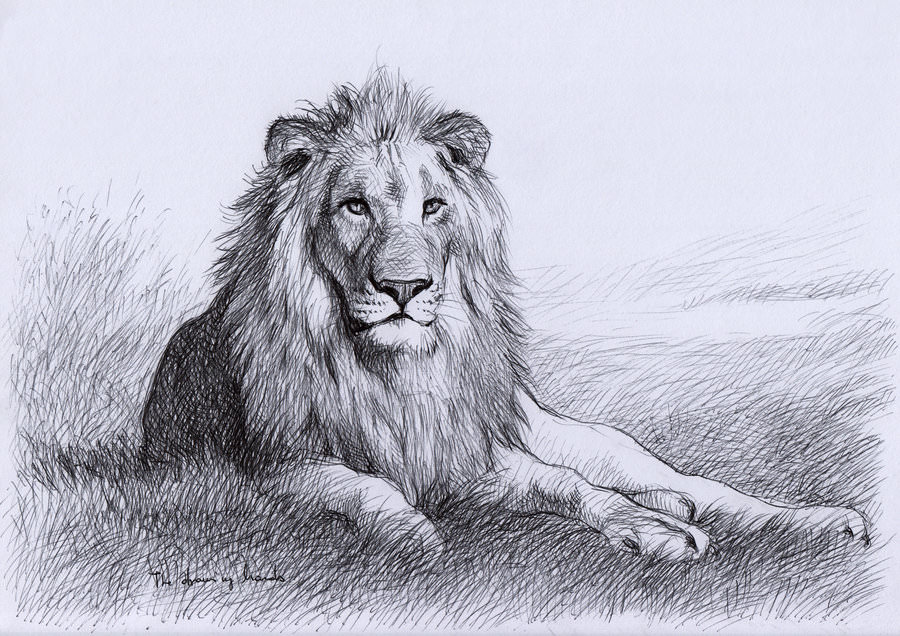
Getting Started
Before you begin your lion drawing, it's important to gather the necessary materials. You will need a pencil, eraser, drawing paper, and any additional art supplies you prefer. It's also helpful to have a reference image of a lion to guide your drawing. You can find reference images online or in books about wildlife.
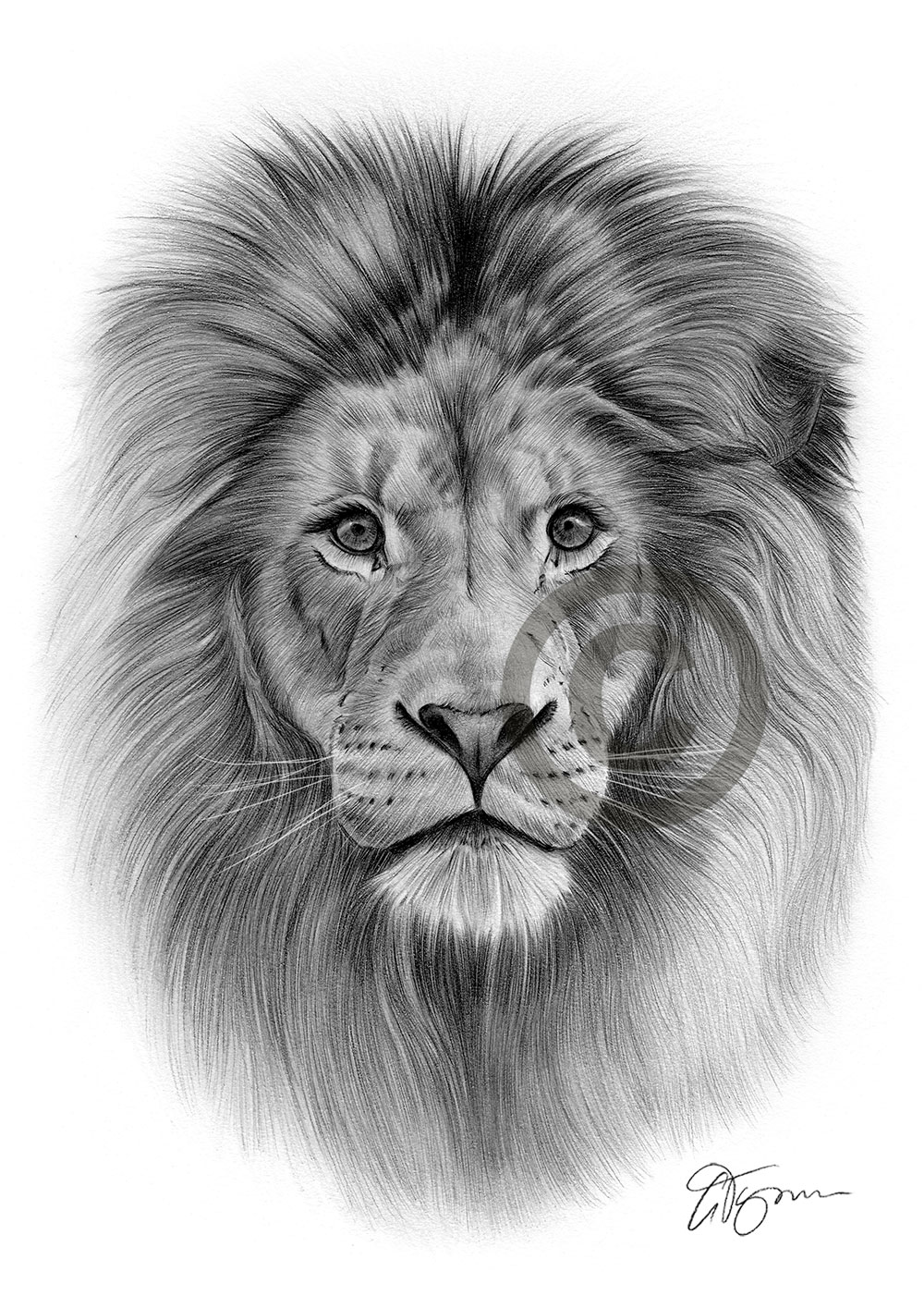
Understanding Lion Anatomy
When drawing a lion, it's important to have a basic understanding of its anatomy. Lions have a muscular body, a distinct head shape, and a flowing mane. Start by sketching the basic shapes and proportions of the lion's body. Pay attention to the placement of the legs, the size of the head, and the length of the tail. This will serve as the foundation for your drawing.

Creating a Rough Sketch
Once you have a grasp of the lion's anatomy, begin by creating a rough sketch. Use light and loose lines to outline the general shape of the lion's body. Don't worry about details at this stage; focus on capturing the overall form and proportions. This initial sketch will serve as the framework for your final drawing.
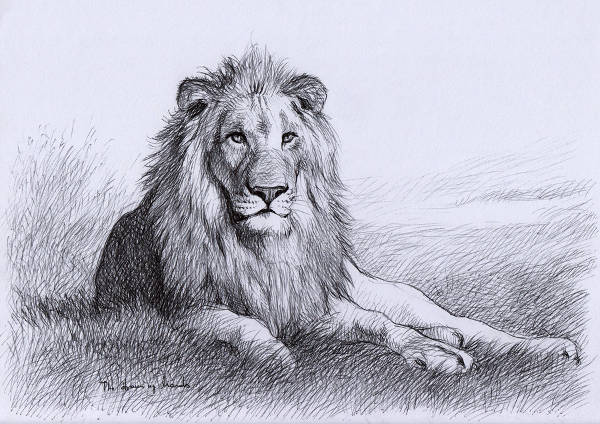
Adding Details and Texture
After completing the rough sketch, start adding details to your lion drawing. Pay attention to the lion's facial features, such as the eyes, nose, and mouth. Use shading techniques to create depth and texture, bringing your drawing to life. Take your time and work slowly, building up layers of detail as you go.
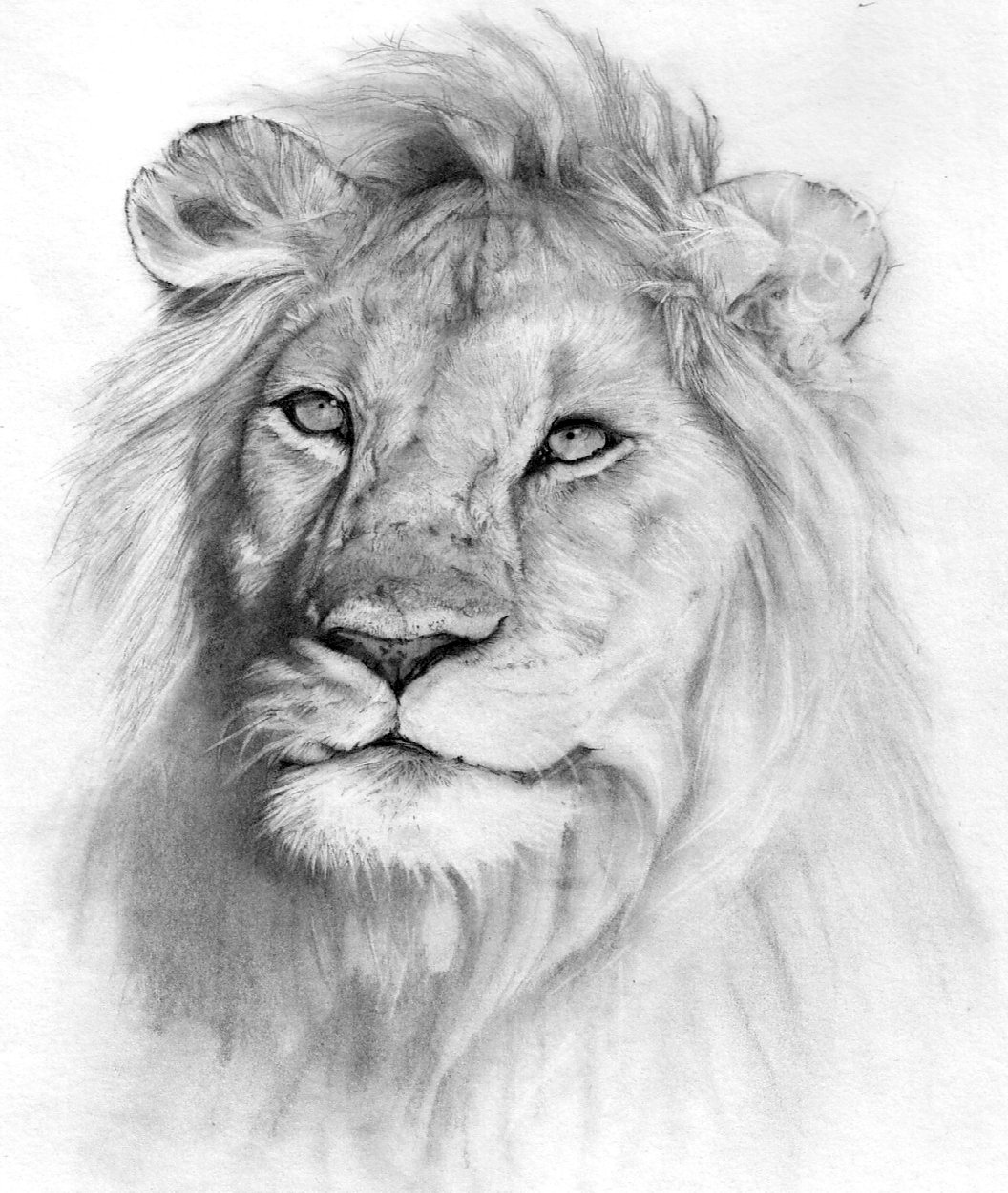
Emphasizing the Mane
The lion's mane is one of its most iconic features. To capture its beauty and volume, pay special attention to this area of your drawing. Use long and flowing strokes to represent the individual strands of hair. Experiment with shading and highlights to create a sense of depth and dimension. The mane should enhance the overall composition of your lion drawing.
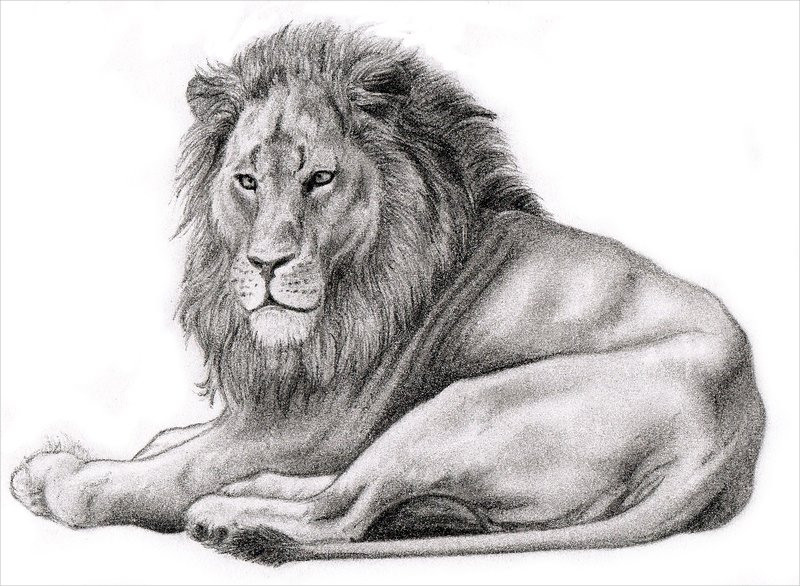
Adding Background Elements
To further enhance your lion drawing, consider adding background elements. This could be a savannah landscape, a sunset sky, or any other setting that complements the lion's natural habitat. Background elements can add context and visual interest to your drawing, making it more captivating.
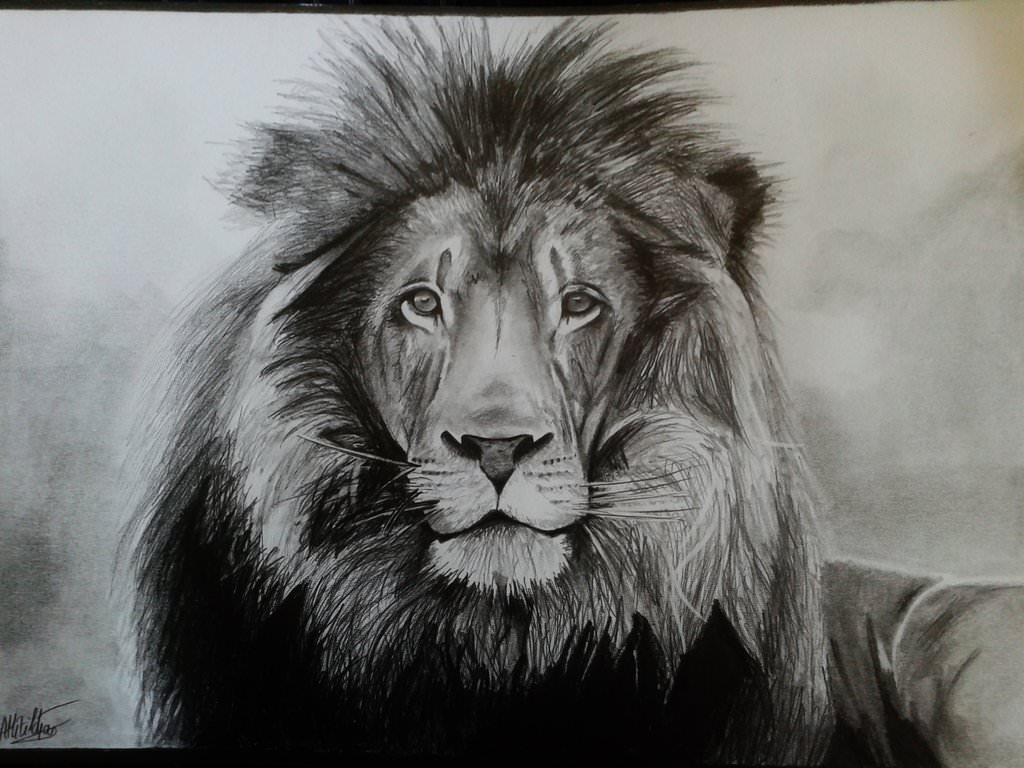
Experimenting with Different Styles
While realistic lion drawings are impressive, don't be afraid to experiment with different artistic styles. You can try a more abstract approach, using bold lines and vibrant colors. Alternatively, you can explore a cartoon or caricature style, emphasizing the lion's unique characteristics. The key is to find a style that resonates with you and allows you to express your creativity.

Seeking Inspiration
If you ever feel stuck or uninspired during your lion drawing journey, don't hesitate to seek inspiration. Look at the works of other artists, visit art galleries, or explore online communities dedicated to wildlife art. Surrounding yourself with creative influences can reignite your passion and provide fresh ideas for your own drawings.
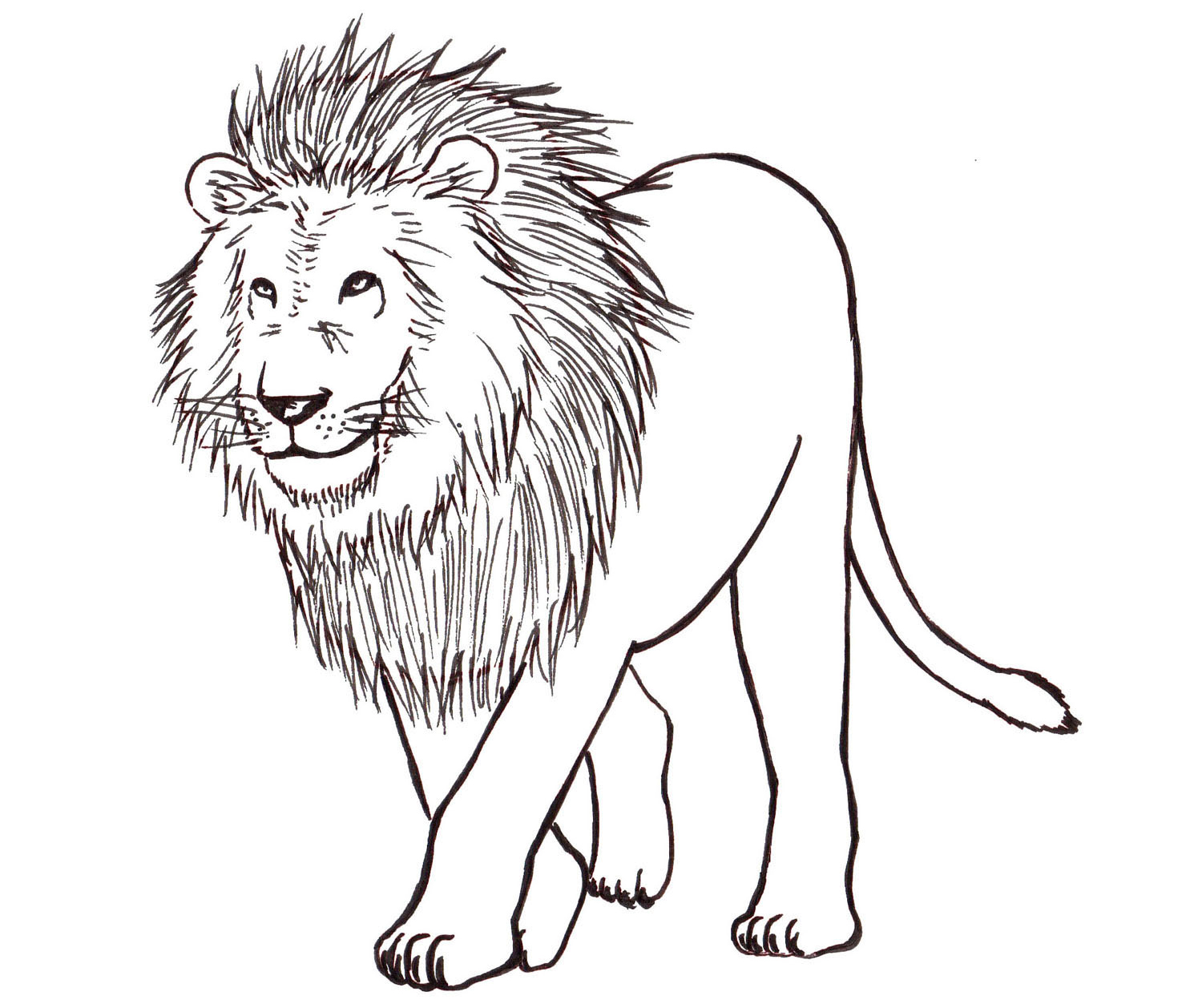
Practice Makes Perfect
Like any skill, drawing lions requires practice. Don't be discouraged if your first attempts don't meet your expectations. Keep practicing regularly, dedicating time to refine your techniques and improve your understanding of lion anatomy. With time and perseverance, you will witness your lion drawings evolve and become more impressive.

Sharing and Showcasing Your Artwork
Once you have created a lion drawing you are proud of, consider sharing and showcasing your artwork. You can display it in your home, upload it to online art platforms, or even participate in local art exhibitions. Sharing your drawings not only allows others to appreciate your talent but also provides valuable feedback and encouragement.

Conclusion
Lion drawing is a captivating and rewarding artistic pursuit. By understanding lion anatomy, practicing various techniques, and exploring different styles, you can create stunning lion drawings that showcase your creativity and skill. Remember, the key is to enjoy the process and let your imagination roam free. Happy drawing!